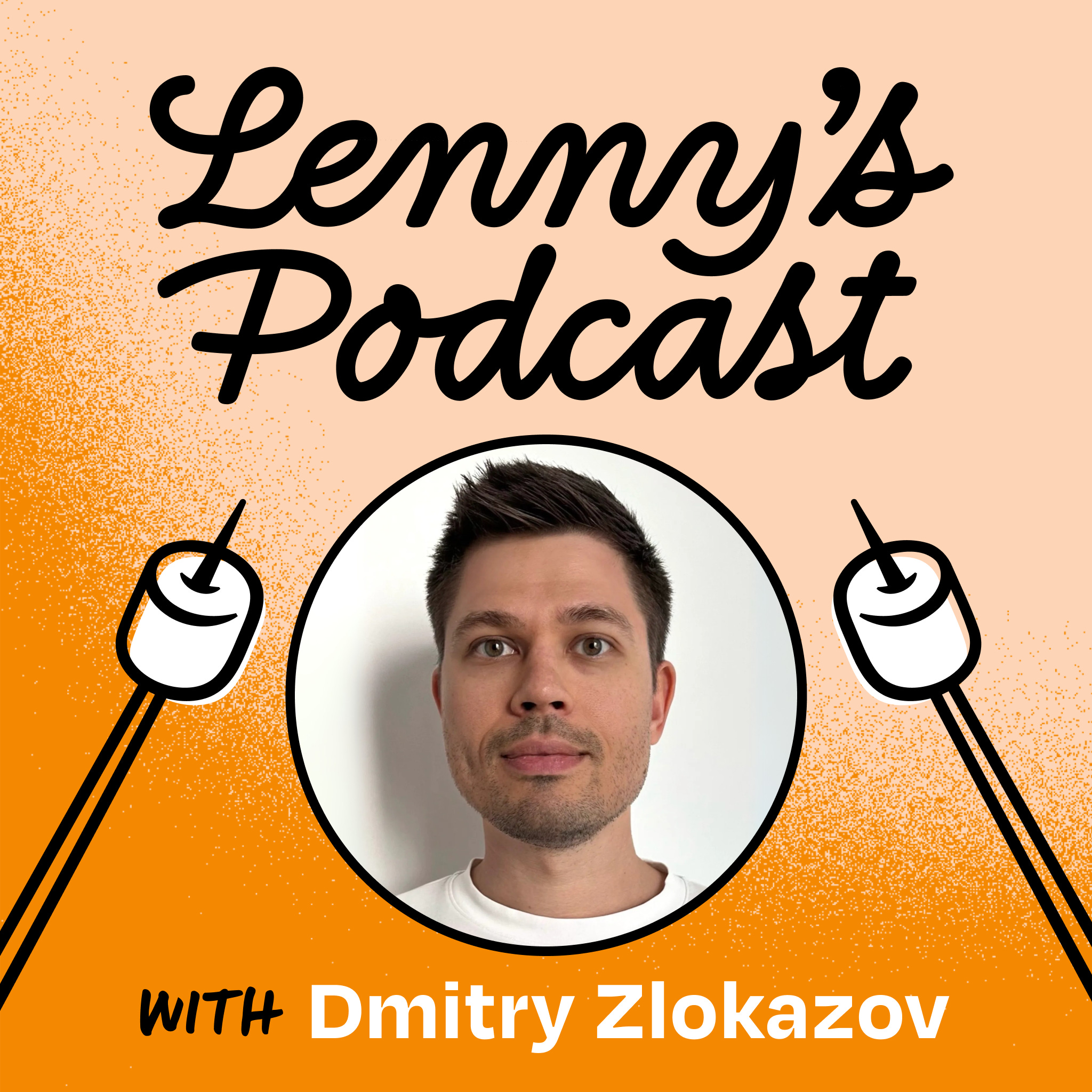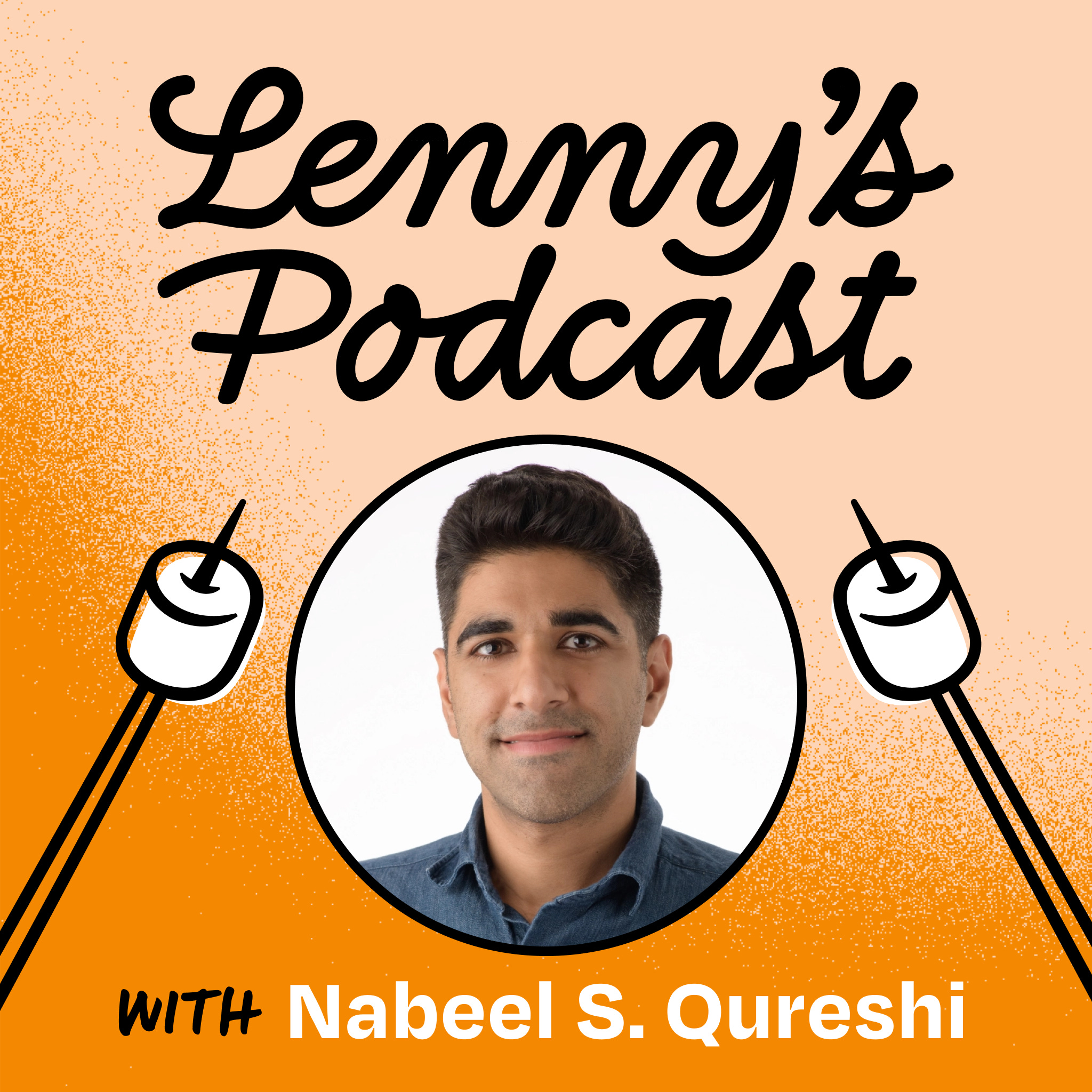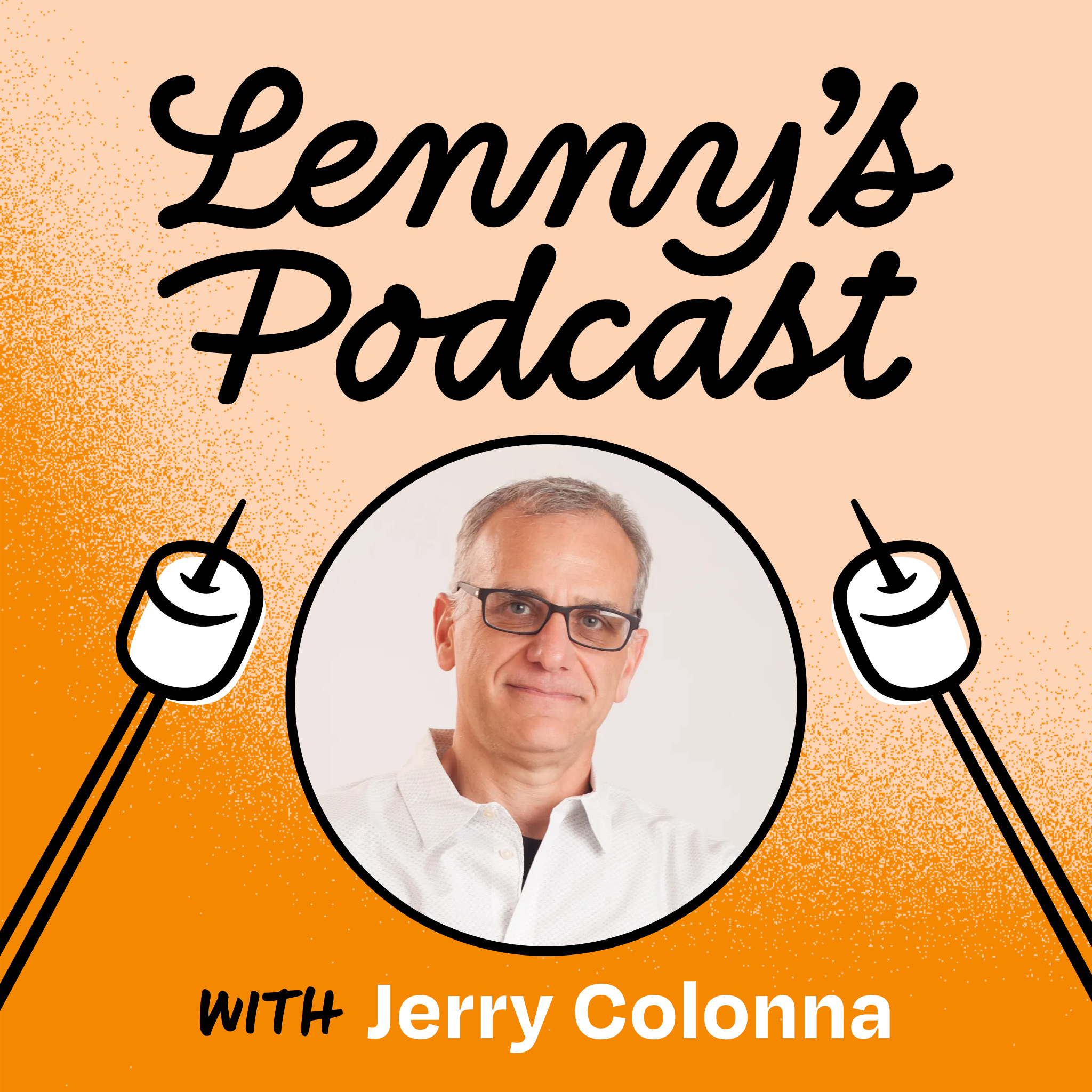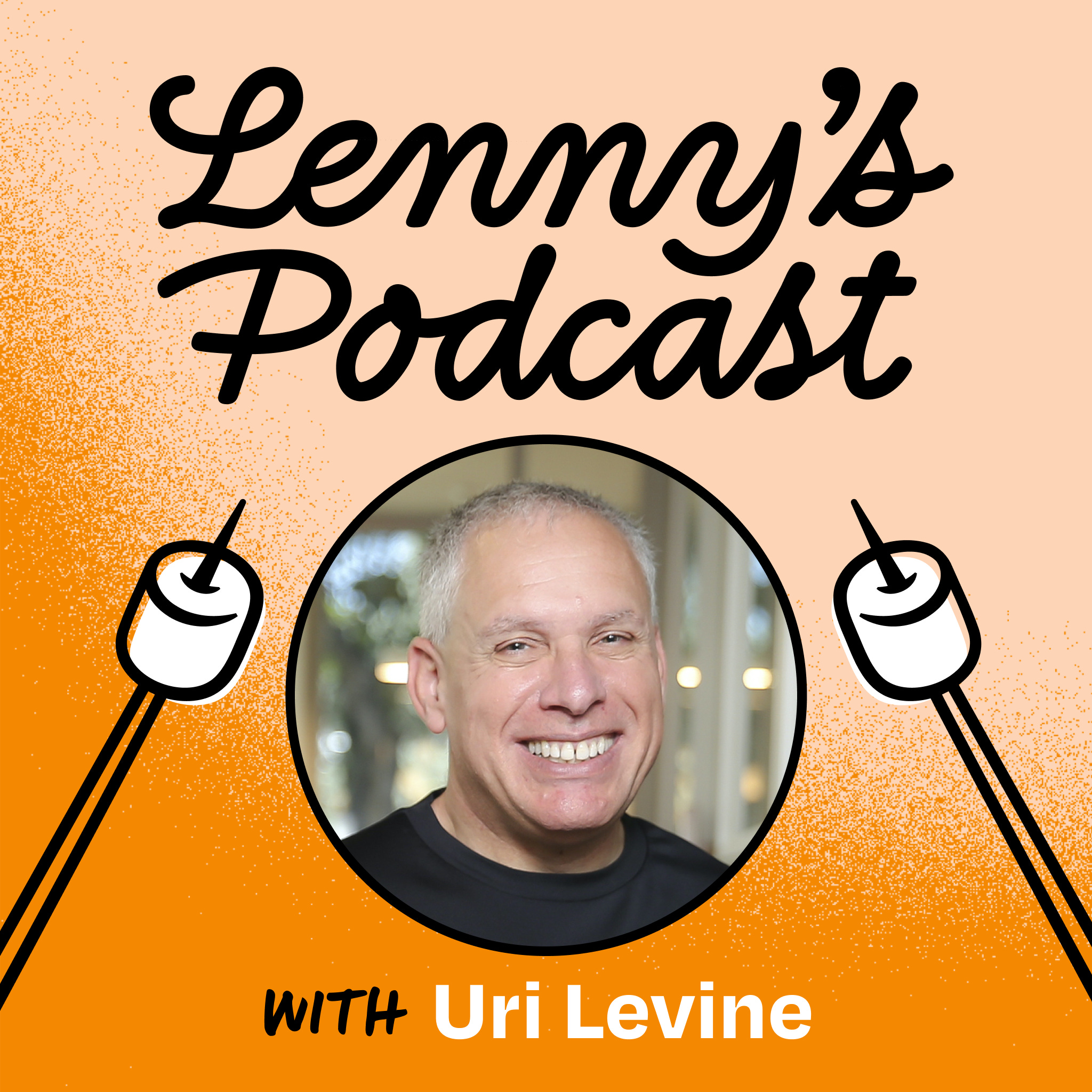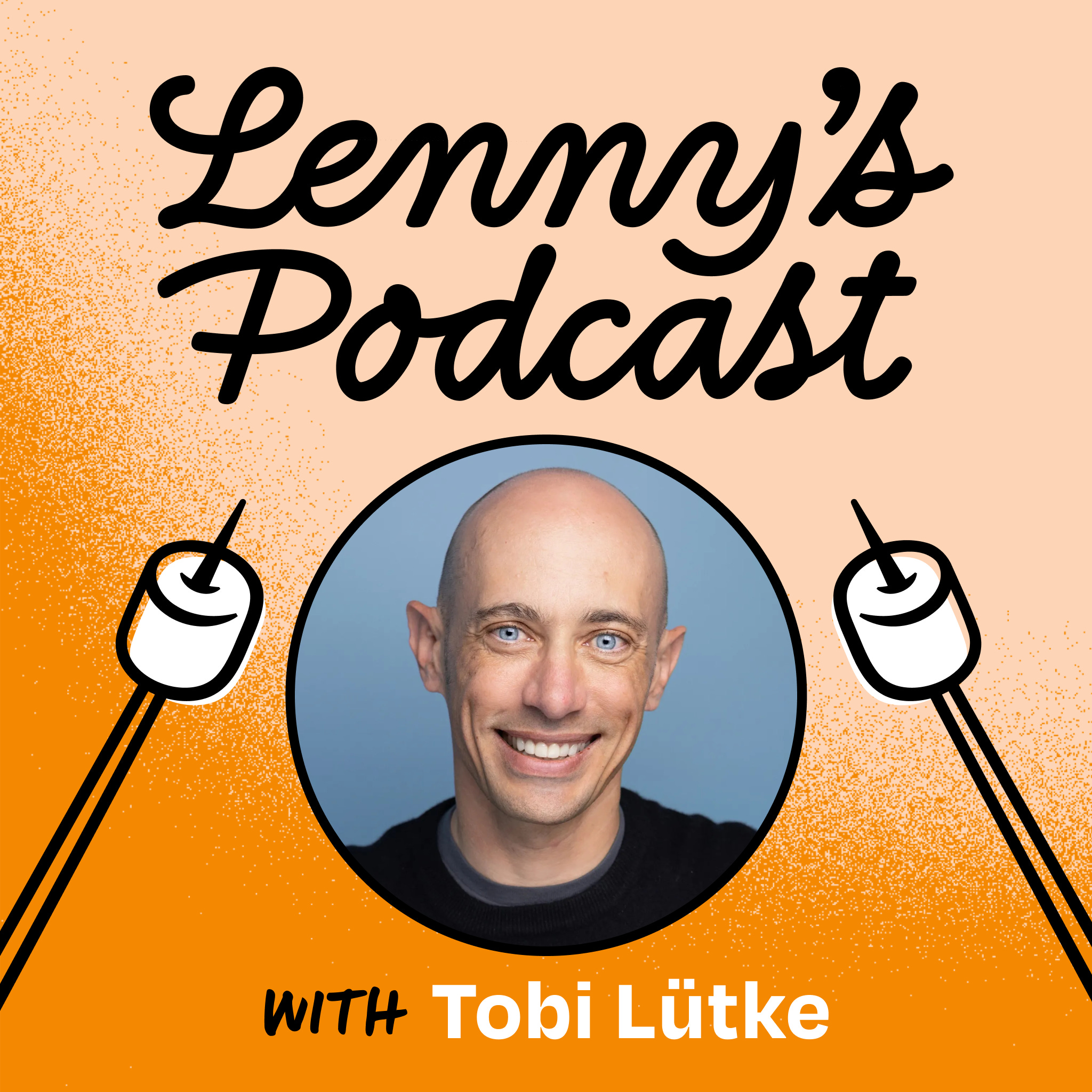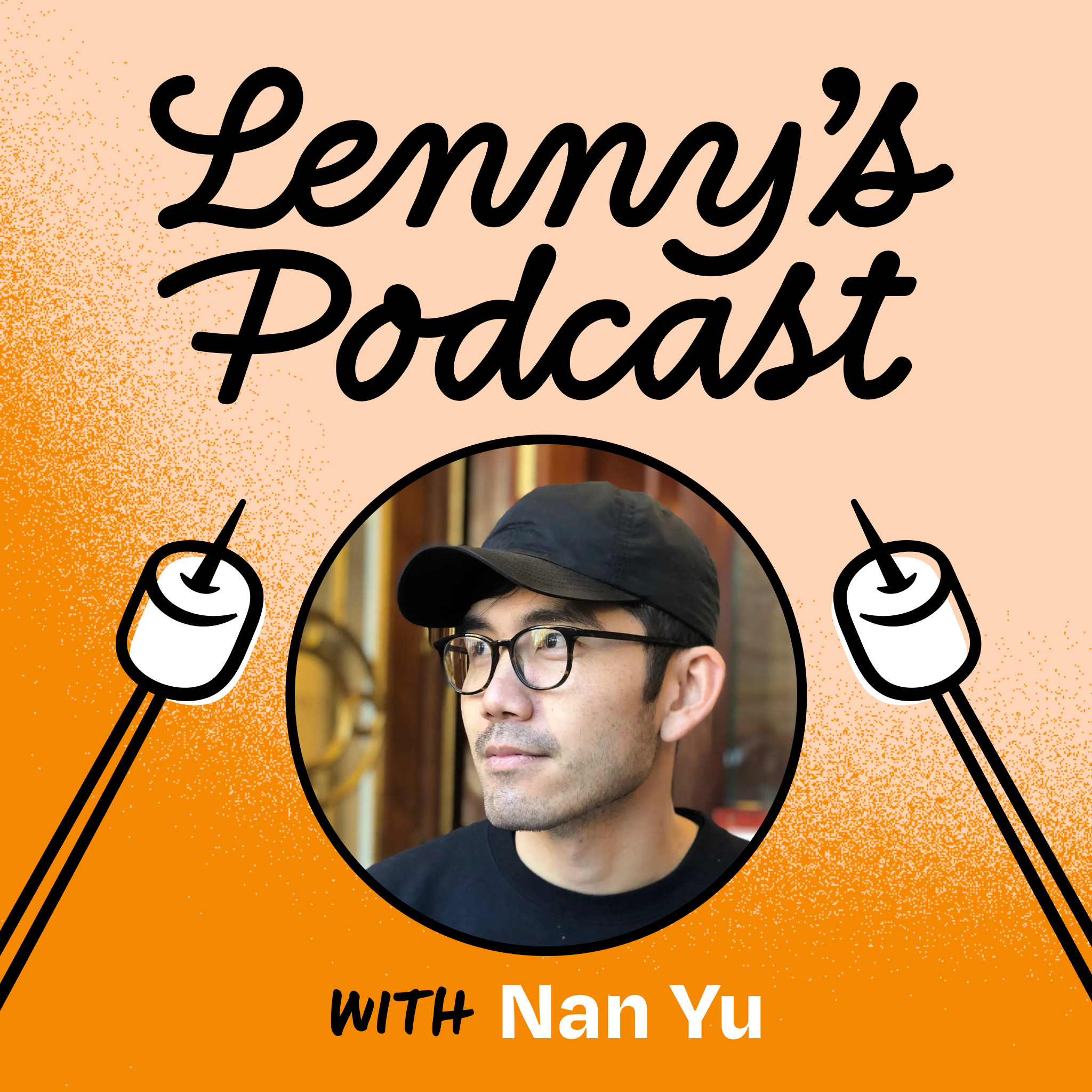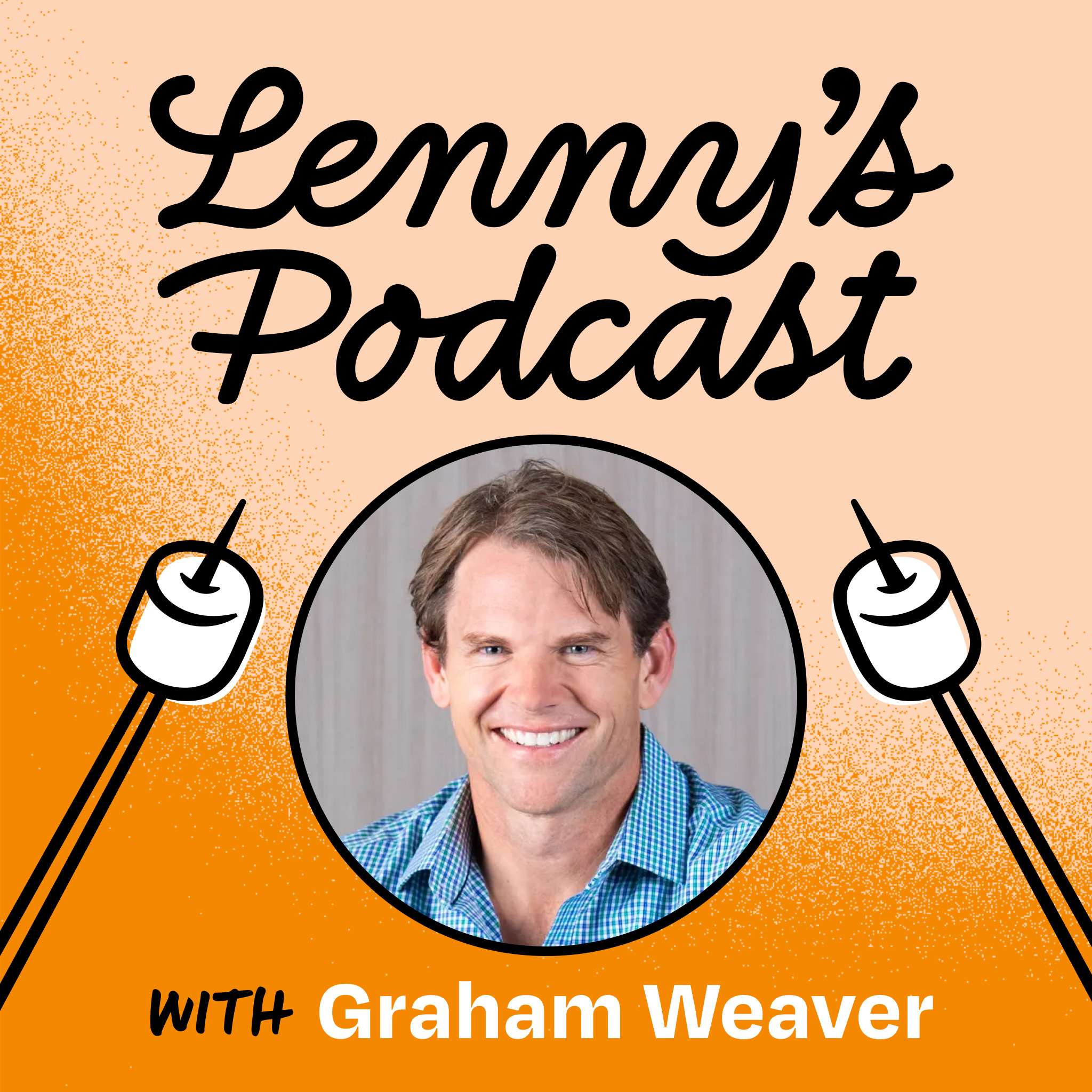
September 5, 2024 • 1hr 44min
The original growth hacker reveals his secrets | Sean Ellis (author of “Hacking Growth”)
Lenny's Podcast: Product | Growth | Career

Key Takeaways
- The Sean Ellis Test asks users "How would you feel if you could no longer use this product?" to gauge product-market fit. 40%+ saying "very disappointed" indicates strong product-market fit.
- The test is a leading indicator of product-market fit. Retention cohorts are the ultimate measure, but the test provides early insights.
- Focus on understanding users who say they'd be "very disappointed" without your product. Dig into how they use it and why it's valuable to them.
- Improving activation/onboarding is often the highest leverage way to increase product-market fit and growth. Speed to value is critical.
- When growing, focus first on activation, then engagement/referrals, then revenue model, and lastly customer acquisition. Acquisition is hardest if the other pieces aren't working well.
- Pick a North Star Metric that reflects delivering value to customers, can grow over time, and correlates to revenue growth (but isn't revenue itself).
- Cross-functional collaboration between product, marketing, sales, etc. is key for driving growth, but is challenging for many companies.
- Asking the right questions at the right time is crucial for figuring out product-market fit and growth strategies. Don't jump to solutions too quickly.
Introduction
Sean Ellis is one of the earliest and most influential thinkers and operators in growth. He coined the term "growth hacking," invented the ICE prioritization framework, was an early proponent of freemium models, and developed the Sean Ellis Test for product-market fit. He was head of growth at Dropbox and Eventbrite, helped companies like Microsoft and Nubank with growth strategy, and authored the popular book Hacking Growth.
In this episode, Sean discusses the proper use of his product-market fit test, strategies for improving activation and retention, how to select the right North Star metric, case studies from Dropbox and other companies, how growth strategy has evolved, the impact of AI, and much more.
Topics Discussed
The Sean Ellis Test for Product-Market Fit (2:18)
Sean explains the origins and proper use of his famous product-market fit test:
- The core question asks users "How would you feel if you could no longer use this product?" with options like very disappointed, somewhat disappointed, not disappointed.
- 40%+ saying they'd be "very disappointed" indicates strong product-market fit. This threshold emerged from patterns Sean observed across many startups.
- It's a leading indicator of product-market fit. Retention cohorts are the ultimate measure, but the test provides early insights.
- Focus on understanding users who say they'd be "very disappointed". Dig into how they use the product and why it's valuable.
- The test works best for users who have activated and used the product recently, not just signups.
"Once you got a high enough percentage of users saying they'd be very disappointed, most of those products did pretty well. And then if you felt too low, those products tended to suffer." - Sean Ellis
Improving Product-Market Fit (8:06)
Sean shares strategies for improving product-market fit scores:
- Dig into why "very disappointed" users value the product. Use open-ended and multiple choice surveys to understand key benefits.
- Look for patterns in how your most passionate users are using the product.
- Adjust positioning and onboarding to highlight the key benefits and use cases that resonate most.
- Focus on speed to value - get users to experience the core value proposition quickly.
He gives an example of improving Lookout's score from 7% to 40% in two weeks by repositioning around antivirus and streamlining onboarding.
Activation and Onboarding (57:25)
Sean emphasizes the importance of activation and onboarding:
- Improving activation is often the highest leverage way to increase product-market fit and growth.
- Focus on speed to value - get users to experience the core benefit quickly.
- Deeply understand what's preventing users from activating. Use qualitative research.
- Look for inspiration from other products with great onboarding.
- Test messaging, UI changes, and onboarding flows to improve conversion.
He shares an example of dramatically improving LogMeIn's activation rate by focusing the entire company on it for 3 months, leading to 10x growth.
Growth Strategy (48:24)
Sean outlines his approach to growth strategy:
- Start by deeply understanding what makes the product a "must-have" for passionate users.
- Pick a North Star Metric that reflects delivering that core value to users.
- Map out the full "value delivery engine" - acquisition, activation, engagement, retention, referral, revenue.
- Focus first on activation, then engagement/referrals, then revenue model, and lastly customer acquisition.
- Acquisition is hardest if the other pieces aren't working well. Get the core experience right first.
- Look for 2-3 viable customer acquisition hypotheses before diving in.
"Customer acquisition is so hard that if you're not really efficient at converting and retaining and monetizing people, you're going to really struggle on the customer acquisition side." - Sean Ellis
North Star Metrics (1:19:21)
Sean discusses how to pick an effective North Star Metric:
- Should reflect delivering value uncovered in the product-market fit survey
- Can grow over time (not a ratio)
- Correlates to revenue growth but isn't revenue itself
- Examples: Weekly rides (Uber), Files accessed (Dropbox), Weekly tickets sold (Eventbrite)
- Revenue shouldn't be the North Star - it should be a byproduct of delivering value
Evolution of Growth Strategies (1:24:30)
Sean reflects on how growth has changed:
- Early on, being data-driven on acquisition was enough to win. Now it's table stakes.
- Today, you need to be efficient across the full funnel - acquisition, activation, retention, monetization.
- Cross-functional collaboration between product, marketing, sales, etc. is key but challenging.
- Very few later stage companies successfully implement true cross-functional growth practices.
AI's Impact on Growth (1:30:11)
Sean shares thoughts on AI's potential impact:
- Could help model potential outcomes of experiments
- May provide more objective growth recommendations, reducing ego/politics
- Could assist with experiment analysis, which is often a bottleneck
- Sean uses ChatGPT to help draft responses to growth questions he receives
Conclusion
Sean Ellis provides a wealth of insights on how to measure and improve product-market fit, as well as strategies for sustainable growth. Key themes include:
- The importance of deeply understanding what makes a product valuable to its most passionate users
- Focusing on activation and speed to value as high leverage growth levers
- Taking a holistic view of the full user journey rather than just acquisition
- The challenge and importance of cross-functional collaboration for growth
- Asking the right questions at the right time to uncover insights
His frameworks like the product-market fit survey and ICE prioritization continue to be widely used by startups and growth teams. As growth becomes increasingly challenging and competitive, Sean's emphasis on understanding core user value and improving the full user experience remains highly relevant.
